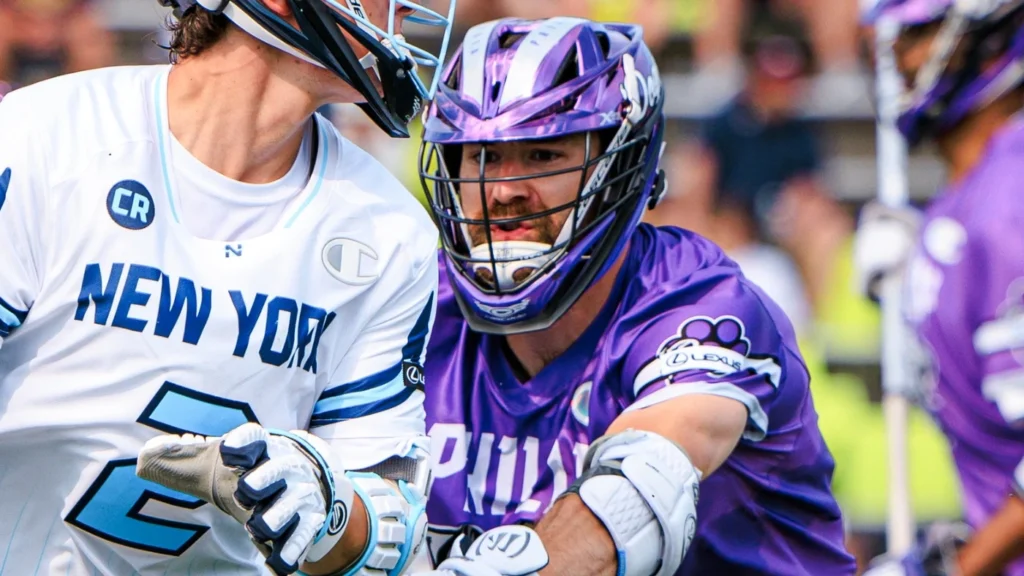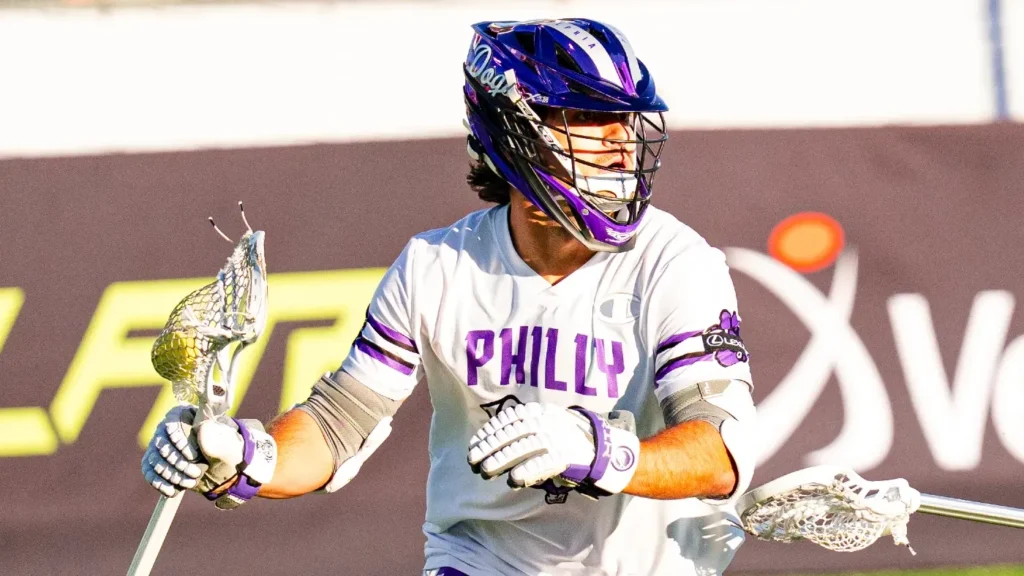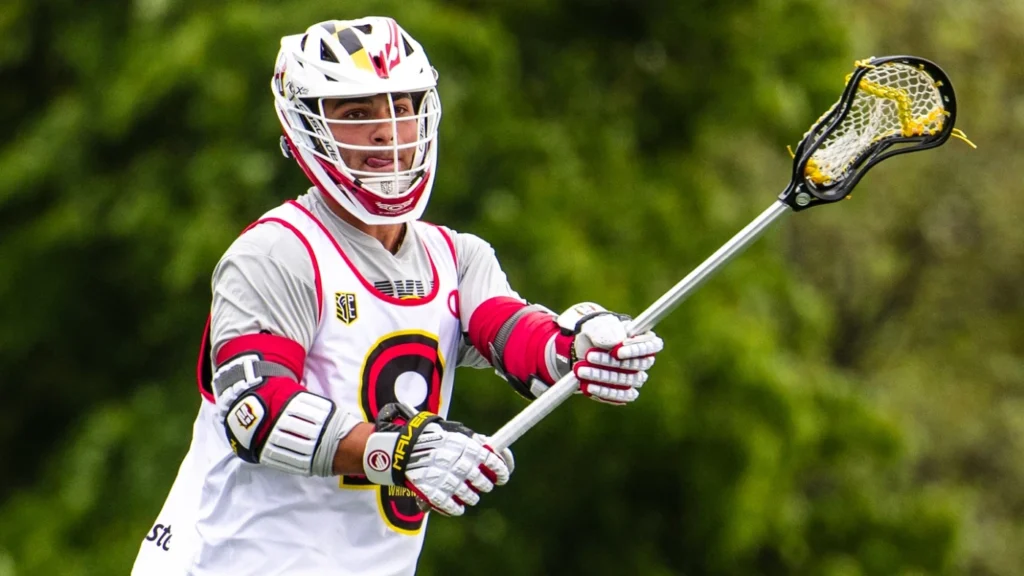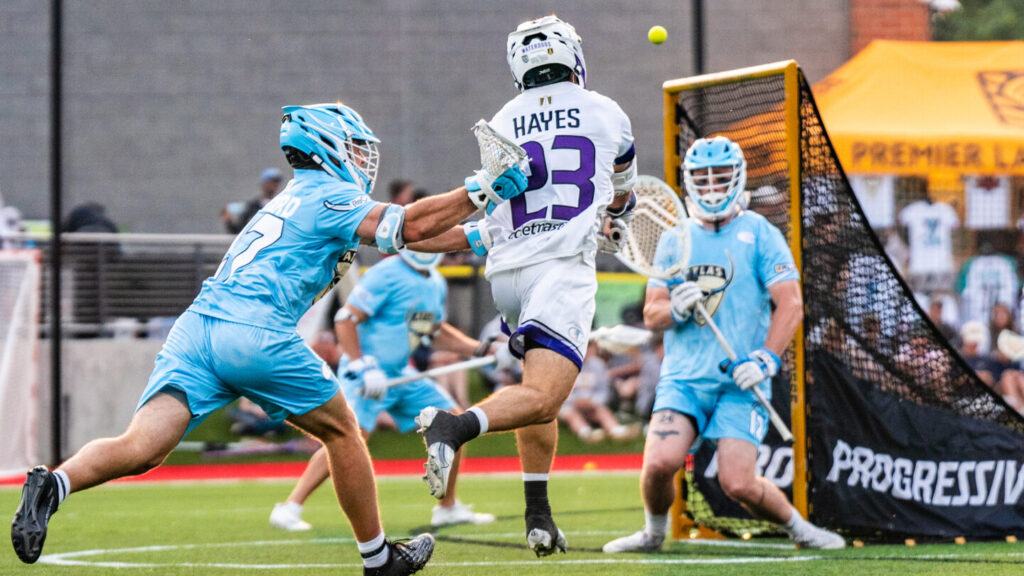
Waterdogs SSDM Unit Shines in First Half of PLL Season
By Wyatt Miller
Jul 18, 2023
The Waterdogs were down by six goals in the third quarter against Atlas when Charlie Hayes took off in transition, swim-moving a defender at midfield to get into the open.
As Hayes approached the two-point arc at half-speed, Atlas SSDM Jake Richard matched his pace at a poor angle. Hayes accelerated past Richard and scored a nonchalant goal over Jack Concannon’s head before taking a tumble, as Richard tried to supplement his lateness with a last-second check.
That goal made it 13-8 and helped the Waterdogs to a comeback in what, “might have been the craziest game I’ve ever been a part of,” said head coach Andy Copelan.
Hayes then assisted Connor Kelly’s game-winner (also in transition), and the ‘Dogs stole a 19-18 victory from the jaws of defeat with 10 seconds remaining and a 16.2% faceoff rate. Hayes capitalized on a brief mishap to exploit the defense on both plays. He now owns the highest assist percentage in the entire league.
Through five games, the SSDM unit has produced six points, including three against the Atlas. Copelan encourages both Hayes and Matt Whitcher to push upfield given the chance, and the Waterdogs lead the league in fast break percentage, transition shot percentage and transition goals because of it. So, once Copelan decided not to dress a faceoff specialist, he filled the extra roster spot with a fourth SSDM, and they’ve been the freshest group on the field in two-straight games.
Transition Success
The shorter shot clock has give SSDM’s a longer leash in transition across the league, but Whitcher and Hayes have been particularly productive. And, despite their low profiles, Copelan isn’t surprised by the significant impact they’ve made early on.
“[They’re] just head-down, old school, throwback middies and just workers,” Copelan said of Whitcher and Hayes. “They can get up and out and they can run from defense to offense really fast.”
Both defensive coordinators at Division I schools, Hayes and Whitcher have fantastic instincts as well as overwhelming speed, Copelan said.
Midway through the fourth quarter against Atlas, the Waterdogs were down by three when Whitcher picked up a ground ball and sprinted forward to push the pace. As he reached the peak of the opposing arc, he stutter-stepped into a sharp left dodge and whipped the ball across his body to snipe the far corner on the run. And in the team’s most recent game against the Chrome, Whitcher netted a two-pointer that was called back because of a penalty.
The Waterdogs practice up-the-hash shooting in almost every practice, and Copelan has seen both Whitcher and Hayes excel in those drills.
“I see Whitcher shoot in those circumstances, and he is such a fundamentally sound shooter both righty and lefty that those situations don’t surprise me one bit. We actually encourage them,” Copelan said postgame.
After Hayes didn’t dress in week one, he proceeded to score three points in the next two games, and facilitated a fast break score for Kieran McArdle against the Chrome.
Both SSDMs returned to the team as free agents this offseason, and have been rewarded for it. Hayes has already received more playing time than he saw all of last year, while Whitcher had more points through three games than he’s had in any PLL season.
Their increased offensive presence is mostly due to the shorter shot clock, but their production is entirely self-realized. They make the right plays at the right time and accentuate the Waterdogs’ strength: speed.
“As a team, our identity is we want to attack in transition and we want to score goals outside of 6-on-6 and attack at all times,” Whitcher said. “I think my skill set does kind of play to that, so when the opportunity presents itself, I definitely want to take advantage of it.”
Fresh in the fourth
Christian Scarpello and Jake Higgins are “built from a different cloth” than Whitcher and Hayes, Copelan explained. They’re not as fast or instinctual in the open field, but they’re ferocious and disciplined defenders.
Dressing all four SSDMs gives the group extra stamina, causing opponents to fare poorly in what are usually advantageous matchups late in games. As the closest defender, each has a sub-30% shot percentage allowed, combining for 23%.
In two games with all four short sticks, the unit has caused 6 turnovers. And against Chrome, the Waterdogs allowed just one goal in the fourth, winning 10-7 with defender Eli Gobrecht at the stripe.
After the game, Copelan said that his confidence in the SSDMs made it easier for him to forgo a faceoff specialist, and that decision was rewarded by their relentless play from start-to-finish.
“That four-person short stick d-mid crew was probably the freshest of any position group that we had,” Copelan said after the win against Chrome. “[The FO strategy] was partially about taking advantage of the rules, but partially it was about losing Connor Kelly in the Worlds and feeling the need to activate another middie, so really it was two-fold.”
Higgins was on the outside looking in before week four, and took full advantage once he cracked the lineup card. In the second quarter, he gave 6-foot-5 rookie sensation Sam Handley a “welcome to the league” moment.
Meanwhile, Scarpello scored the first goal of his career last Friday, and has been involved in the pick game as well. All four of these guys have produced with different skill sets, and that success increases with their stamina.
Copelan has some tough decisions to make after the break, as he likely can’t play all four every game. Yet, each adds value to an already-stacked Waterdogs defense, which is tied for the second-lowest scores against average this season.
“That will be a challenge moving forward: If we are to activate a faceoff guy, which of those four short sticks would kind of be on the outside looking in?” Copelan said.
It’s a good problem to have, but one that will need to be addressed on a weekly basis.
